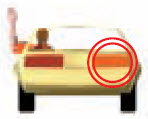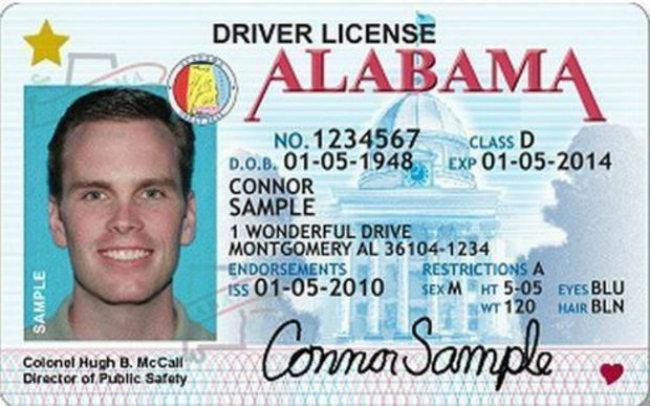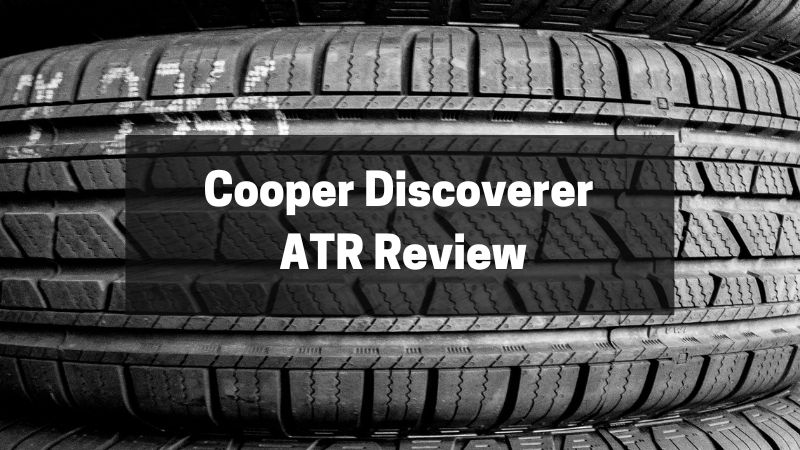[ad_1]
This is a quick info on California automobile flip signal authorized tips.
Signaling Authorized tips In California
Always signal when turning left or correct, altering lanes, slowing down, or stopping; it lets completely different drivers, motorcyclists, bicyclists, and pedestrians know your intentions.
Alerts is also given by hand-and-arm positions or via the usage of the automobile’s signal lights. If sensible daylight makes the signal lights arduous to see, moreover use hand-and-arm alerts.
| LEFT TURN | RIGHT TURN | SLOW OR STOP |
 |
 |
 |
Motorcyclists normally use hand alerts to make themselves further seen. Bicyclists might give correct turn-signals with their correct arm held straight out, pointing correct.
Signal:
- Over the past 100 toes sooner than reaching the turning stage (left or correct flip).
Warning!—Even though you signal, do not mechanically assume that the home you want to occupy is clear. - Sooner than every lane change. Take a look at your mirrors, look over your shoulder, and check your blind spot sooner than altering lanes.
- A minimal of 5 seconds sooner than you modify lanes on a freeway.
- Sooner than pulling subsequent to the curb or away from the curb.
- For those who change directions.
- Even when you do not see completely different autos. A automobile you do not see might all the sudden appear and hit you.
For individuals who plan to indicate previous an intersection, start signaling whenever you’re inside the intersection. For individuals who signal too early, the alternative driver may think you propose to indicate into the intersection and he or she might pull out in entrance of you.
Deliberate to cancel your signal after turning.
Steering
Steering Administration – Stylish autos require little or no effort to indicate. Take a look on the steering wheel as a clock face and place your fingers at 9 and three o’clock or barely lower at spherical 8 and 4 o’clock. These are the required hand positions that in the reduction of the potential of turning the wheel too sharply.
To chop again forearm and hand accidents, your fingers must be positioned on the lower half of the steering wheel, collectively together with your knuckles on the pores and skin of the wheel, and your thumbs stretched alongside the rim of the steering wheel.
Pull-Push Steering – Use pull-push steering for a lot of turning maneuvers. Pull down with one hand and push up with the alternative. This ends in straightforward steering and reduces the potential for over steering, which could lead to lack of administration. Keep your fingers and thumbs on the pores and skin of the wheel.
Hand-Over-Hand Steering – Use hand-over-hand steering when steering actions are important, akin to when:
- Parking.
- Performing sharp correct turns.
- Correcting a skid.
Use quick actions on entry to the maneuver, after which use sluggish, straightforward actions when straightening the wheel.
One-Hand Steering–Use one-hand steering for:
- Backing maneuvers that do not require full left or correct turns, or
- When working automobile controls for information, safety, or comfort.
[ad_2]
Provide hyperlink









TechieTom
I appreciate the detailed explanation of hand signals and their importance, especially for motorcyclists and bicyclists. This article serves as a good reminder for all types of road users to stay alert and informed.